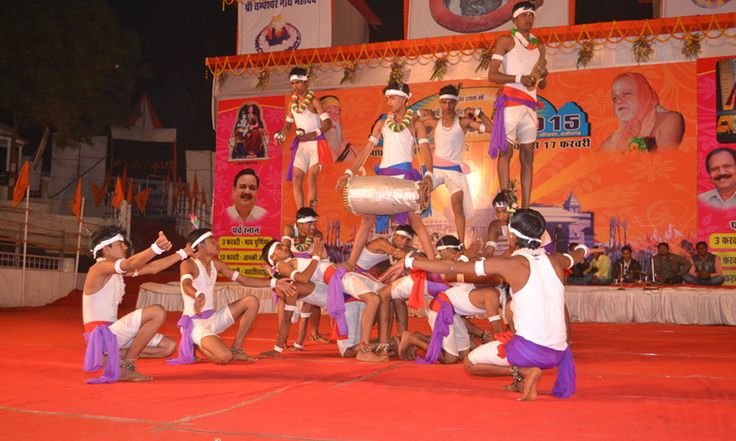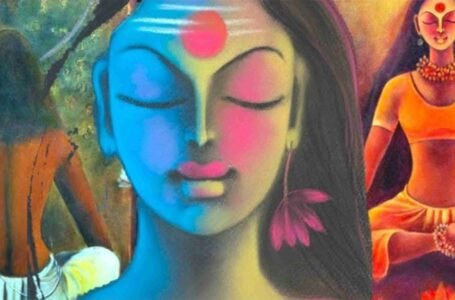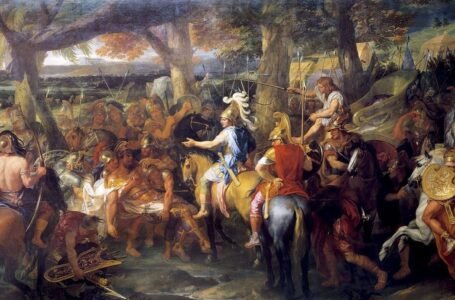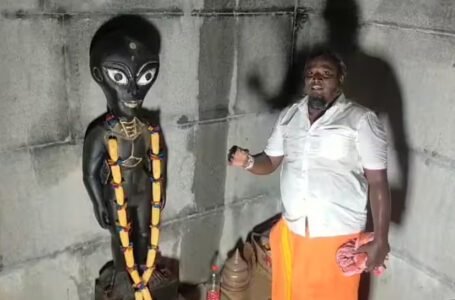Panthi Dance of Chhattisgarh: A Symbol of Devotion and Cultural Heritage

Panthi Dance, a vibrant and spiritually enriching folk dance of Chhattisgarh, is deeply rooted in the religious traditions of the Satnami community. More than just a dance form, it is a medium of expressing devotion, philosophy, and cultural identity. This dance is primarily performed on Maghi Purnima, which marks the birth anniversary of Guru Baba Ghasidas, the revered spiritual leader of the Satnamis. As modernization and changing lifestyles affect traditional practices, Panthi Dance is slowly fading, making it even more important to preserve and promote this unique heritage.
Origins and Religious Significance
The Panthi Dance originated within the Satnami community, a sect founded by Guru Baba Ghasidas in the 19th century, advocating social equality and spiritual enlightenment. The dance is performed around a Jaith Khamb (a sacred pillar) set up for the occasion, symbolizing the community’s unwavering faith in their Guru’s teachings. The movements and songs of the Panthi Dance convey Nirvana philosophy, emphasizing detachment from material desires and the pursuit of spiritual knowledge.
The devotional songs that accompany the dance often include the wisdom of saint poets like Kabir, Guru Ramdas, and Dadu, resonating with themes of renunciation, morality, and divine love. The spiritual essence of the dance is what sets it apart from many other folk traditions—it is not just entertainment but a form of worship and meditation in motion.
Performance Style and Techniques
Panthi Dance is physically demanding, requiring immense strength, stamina, and flexibility. It is usually performed by male dancers, as the movements involve rigorous postures, balancing acts, and acrobatic formations.
Stages of the Performance
- Initiation by the Leader – The dance begins with a single performer, often the group’s leader, who starts with a slow, melodious song. His voice sets the spiritual tone, drawing the audience into the performance.
- Gradual Build-up – Other dancers gradually join in, moving their bodies rhythmically in slow, circular motions. Their movements represent devotion and surrender.
- Energetic Sequences – As the tempo rises, the dancers start bending their torsos, swinging their arms, and making intricate formations.
- Acrobatics and Human Pyramids – The most visually striking part of the dance is the formation of human pyramids, showcasing precision, balance, and coordination. These acrobatics symbolize the struggle of the soul towards spiritual enlightenment.
- Finale – The dance reaches its climax with synchronized leaps, fast spins, and powerful beats, reflecting the heightened energy of devotion.
The entire performance is a blend of storytelling, devotion, and artistic expression, making it both mesmerizing and deeply meaningful.
Music and Instruments
The dance is accompanied by traditional Chhattisgarhi folk instruments, which set the rhythm and enhance the spiritual ambiance. The key instruments used include:
Mridanga – A double-headed drum that provides deep, resonant beats.
Jhaanj (Cymbals) – Metal cymbals that add sharp rhythmic accents.
Various Drums – Different types of percussion instruments are used to build intensity as the performance progresses.
The music plays a crucial role in dictating the tempo of the dance. The slow beats at the beginning allow for graceful movements, while the fast-paced drumming during the acrobatic sequences drives the dancers into a trance-like state of devotion.
Costume and Ornaments
Unlike other folk dances that use elaborate costumes, Panthi Dance retains a minimalistic aesthetic, in line with the Satnami philosophy of simplicity and detachment. The performers wear:
Traditional white dhotis – Symbolizing purity and renunciation.
Bead necklaces – Representing devotion and spiritual connection.
Metal bangles – Adding a slight decorative element while maintaining simplicity.
The minimal adornments reflect the dance’s spiritual essence rather than a focus on extravagance.
Cultural Importance and Evolution
Panthi Dance is not just a religious performance; it is also an expression of Chhattisgarh’s rich heritage. It serves as a cultural bridge, linking past traditions with present generations.
- Preserving Oral Traditions – The songs passed down through generations hold philosophical and moral teachings, making this dance a crucial medium for preserving oral history.
- Social Unification – Since Panthi Dance is a group performance, it fosters a sense of community and collective devotion.
- Tourism and Recognition – The dance has gained recognition beyond Chhattisgarh, attracting tourists and cultural enthusiasts who admire its spiritual depth and physical artistry.
Over time, new elements have been incorporated into Panthi Dance, including more intricate steps and expanded formations, allowing it to remain dynamic while staying true to its roots.
Challenges and Decline
Despite its significance, Panthi Dance is slowly vanishing due to several factors:
Declining Interest Among Youth – Younger generations are moving away from traditional practices in favor of modern lifestyles.
Lack of Institutional Support – Unlike Bollywood or commercial folk performances, Panthi Dance does not receive enough funding or promotional efforts.
Religious Changes – As beliefs evolve, participation in Guru Baba Ghasidas’ anniversary celebrations has decreased, affecting the frequency of Panthi Dance performances.
Migration and Urbanization – The shift from rural to urban areas has led to a loss of cultural continuity.
Efforts to Preserve Panthi Dance
To ensure the survival of this invaluable tradition, various steps can be taken:
- Inclusion in School Curriculums – Teaching Panthi Dance as part of cultural education can inspire young people to appreciate and practice it.
- Government and NGO Support – Providing grants and organizing festivals dedicated to Panthi Dance can help sustain it.
- Digital Documentation – Recording performances and making them accessible online can spread awareness and attract global interest.
- Encouraging Youth Participation – Cultural workshops and competitions can engage younger generations in learning and performing Panthi Dance.
Conclusion
Panthi Dance is not just an art form; it is a spiritual journey, a cultural treasure, and a legacy of devotion. As a symbol of faith, endurance, and artistic excellence, it deserves to be preserved and celebrated. While modernization challenges its survival, with proper efforts, this dance can continue to inspire and captivate future generations.
By recognizing the beauty and significance of Panthi Dance, we take a step toward honoring Chhattisgarh’s rich cultural heritage and ensuring that this extraordinary tradition does not fade into obscurity.


